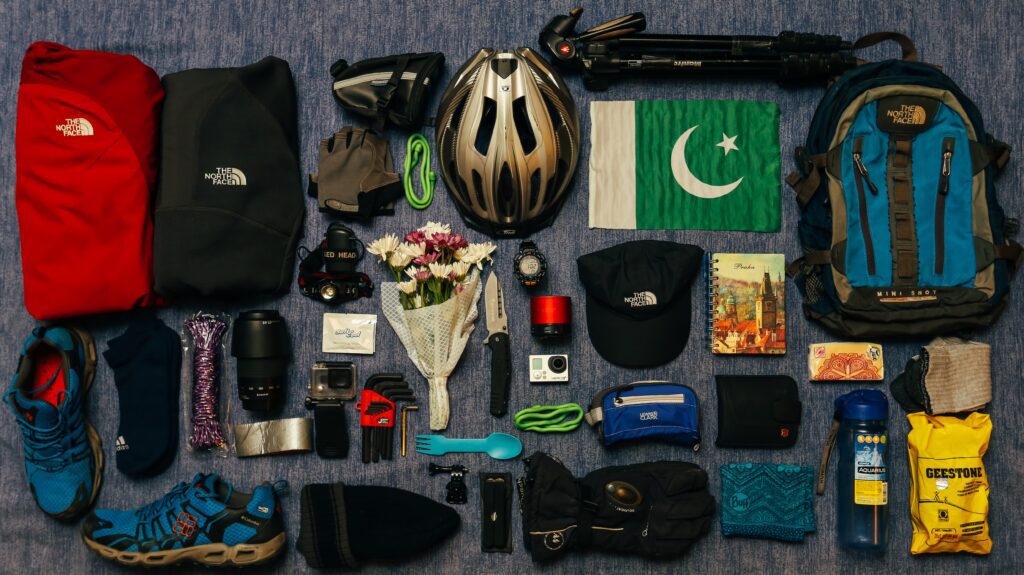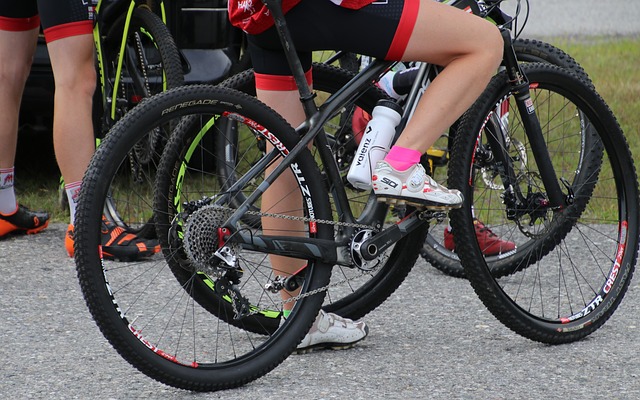Are you tired of relying on your trusty pair of legs to get around town? Do you want to feel the wind in your hair and channel your inner Lance Armstrong? Well, stop spinning your wheels and listen up because it’s time to choose a bike like a pro. Don’t worry, even if the only gear you know is “park,” I’ve got you covered with this step-by-step guide. So buckle up (or helmet up?) and get ready to ride into the sunset (or to the nearest coffee shop, whichever you prefer). Let’s get wheely serious about choosing the perfect bike for you.
What To Consider When Choosing A Bike
There are a few key factors to consider when choosing a bike:
Type of bike: What kind of riding do you plan on doing? If you will mainly be riding on paved roads, you will need a different type of bike than if you plan on riding on dirt trails.
Frame size and fit: It is important to choose a bike that is the right size for you. A bike that is too big or too small will be uncomfortable and difficult to ride.
Components and features: Bikes come with a variety of different components and features, such as gears, brakes, and suspension. Consider which components and features are important to you and choose a bike that has them.
Price: Bikes can range from a few hundred dollars to several thousand dollars. Set a budget before you start shopping and stick to it.
How To Choose The Right Type Of Bike
There are five main types of bikes:
Road Bikes:
Road bikes are designed for riding on paved roads. They are lightweight and have thin tires, which makes them fast and efficient.
Mountain Bikes:
Mountain bikes are designed for riding on dirt trails. They have sturdy frames and wide tires, which gives them good traction and suspension.
Hybrid Bikes:
Hybrid bikes are a cross between road bikes and mountain bikes. They are versatile and can be used for a variety of different types of riding.
City Bikes:
City bikes are designed for riding around town. They are comfortable and easy to ride and often have features such as baskets and fenders.
Electric Bikes:
Electric bikes have a motor that can assist you with pedaling. This makes them a good option for people who have difficulty pedaling a regular bike, or for people who want to ride long distances.
How To Choose The Right Frame Size
The most important thing to consider when choosing a bike frame size is your inseam. Your inseam is the distance from the ground to your crotch. To measure your inseam, stand barefoot against a wall with a book between your legs. The top of the book should be level with your crotch. Write down the distance from the ground to the top of the book.
To find the right bike frame size for you, multiply your inseam by 0.65. This will give you the standover height, which is the distance from the top of the bike frame to the ground. When you are standing over the bike, your feet should be flat on the ground and there should be a few inches of clearance between your body and the bike frame.
If you are between two sizes, it is generally better to choose the smaller size. This is because a smaller bike is easier to control than a larger bike.
How To Choose The Right Components And Features
Bikes come with a variety of different components and features, such as gears, brakes, and suspension. Consider which components and features are important to you and choose a bike that has them.
Gears:
Gears make it easier to pedal uphill and ride into the wind. If you plan on doing any kind of hill riding, you will need a bike with at least 18 gears.
Brakes:
Brakes are important for safety. Disc brakes are more powerful than rim brakes, but they are also more expensive.
Suspension:
Suspension helps to absorb bumps and makes the ride more comfortable. If you plan on riding on dirt trails, you will need a bike with suspension.
Other features to consider include:
Wheels And Tires:
The type of wheels and tires you choose will depend on the type of riding you plan on doing. If you will mainly be riding on paved roads, you will want thin tires. If you plan on riding on dirt trails, you will want wider tires.
Other Features:
Other features to consider include racks, fenders, lights, and a kickstand.
How To Set A Budget For Your Bike

Bikes can range in price from a few hundred dollars to several thousand dollars. Set a budget before you start shopping and stick to it.
If you are on a tight budget, you can still find a good quality bike. Look for sales and discounts, and consider buying a used bike.
If you have more to spend, you can get a bike with better components and features. However, it is important not to overspend. There is no need to spend a lot of money on a bike if you are not going to use it very often or if you are not sure what kind of riding you want to do.
FAQs
What Is The Best Type Of Bike For Beginners?
The best type of bike for beginners is a hybrid bike. Hybrid bikes are versatile and can be used for a variety of different types of riding, including commuting, running errands, and riding on trails.
What Are The Most Important Components To Look For In A Bike?
The most important components to look for in a bike are the gears, brakes, and suspension. If you are going to be riding on hills, you will need a bike with more gear. If you are going to be riding on rough terrain, you will need a bike with suspension.
How Much Should I Spend On My First Bike?
You should spend as much as you can afford on your first bike. However, it is important not to overspend. There is no need to spend a lot of money on a bike if you are not going to use it very often or if you are not sure what kind of riding you want to do.
Conclusion
In conclusion, choosing a bike can be an overwhelming task, especially for beginners. However, by following these steps, you can ensure that you select the right bike that fits your needs, preferences, and budget. Remember to consider factors such as your cycling goals, riding style, bike type, and budget when making a decision.
By doing thorough research, test-riding different bikes, and seeking the advice of experts, you can be confident in your choice and embark on a fun and fulfilling biking journey. Whether you’re commuting to work, exploring new trails, or just looking for a new form of exercise, the right bike can make all the difference. So take your time, do your homework, and happy riding!



